If you’ve never had steak tartare, beef carpaccio, or a piece of expertly-prepared sushi, you’ve been missing out. Certain meats, under the right circumstances, are okay to eat raw, and they’re among the most delicious foods on earth.
Eating raw meat can carry risks of foodborne illness, due to the potential contamination with bacteria, parasites, and other pathogens. Folks who want to eat raw meat – especially those with compromised immune systems, pregnant women, young children, and the elderly – should of course exercise caution and follow proper safety guidelines. If meat is going to be eaten raw, it should be high-quality, super-fresh, and stored and handled with the utmost care.
That said, raw meats (especially seafood) are among the most widely consumed and beloved foods on earth. Many classic French restaurants serve steak tartare, high-end Italian restaurants serve carpaccio, restaurants of every stripe serve raw oysters, and every sushi bar serves sushi, obviously. Sure, there might be some risk in eating raw meat, but if it’s a reputable restaurant – one that you know and trust – the pros outweigh the cons. If the restaurant seems a little bit dicey, it’s better to be safe than sorry – stick to foods that aren’t on our list of foods to never order at a restaurant.
Beef
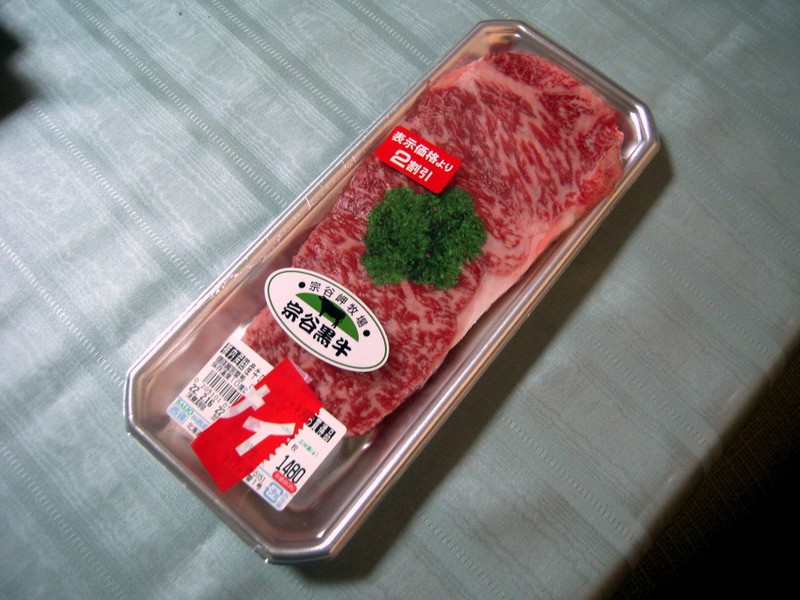
We’re not saying that you can go to the supermarket and eat raw ground beef right out of the package, but at fine French restaurants, chefs will chop up super-fresh beef (usually the filet mignon) and serve it as steak tartare. It’s usually seasoned with mustard, capers, and other garnishes and served with toasted bread. Italian restaurants also serve raw filet that’s been sliced paper-thin, arranged on a plate, and topped with ingredients like arugula, Parmigiano-Reggiano, and balsamic vinegar. Some Japanese restaurants also serve beef sushi.
Sushi-Grade Fish
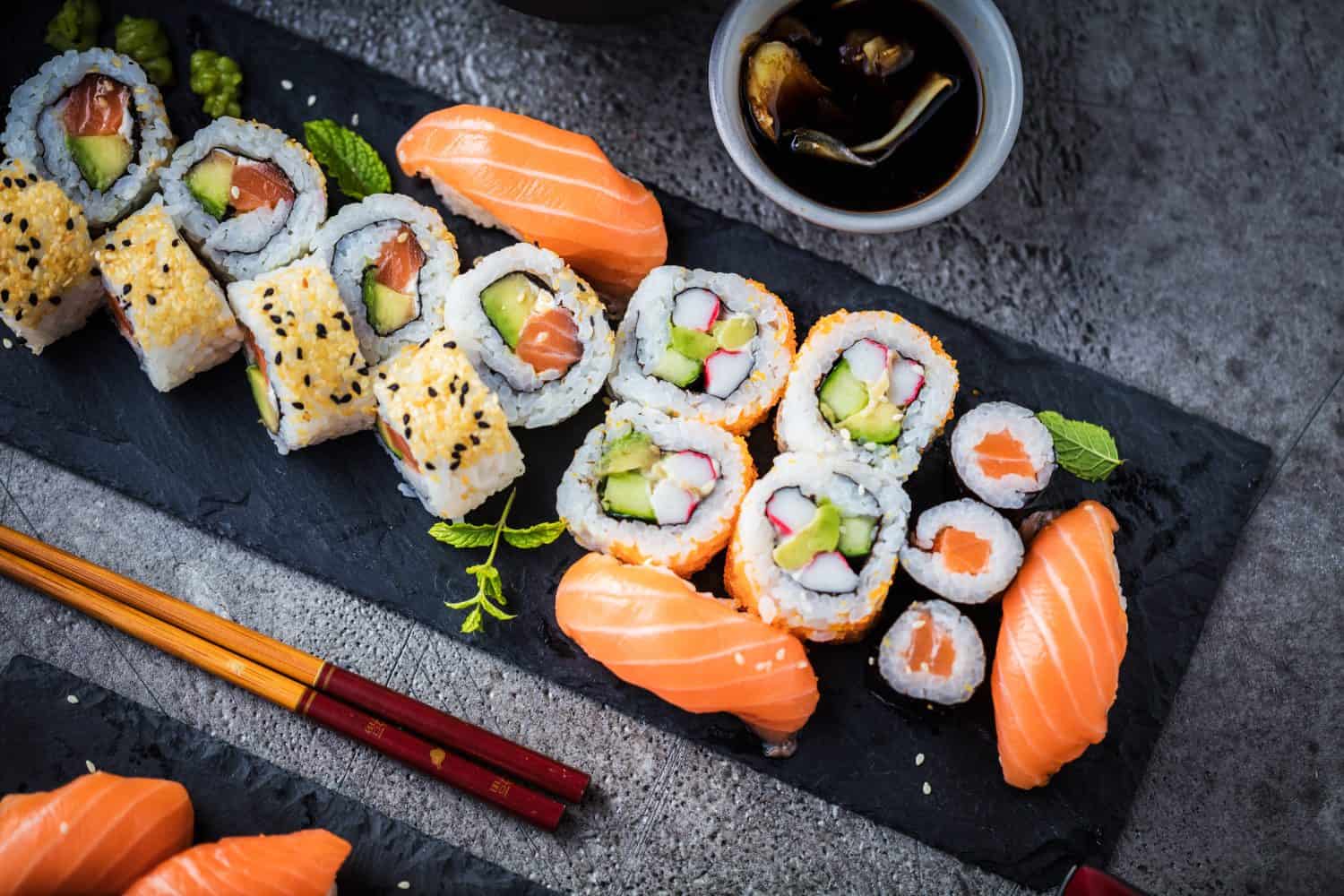
A staple of many cuisines, raw fish is especially prominent in Japanese culture. Sushi restaurants usually freeze their fish for several days before serving in order to kill parasites, and the fish should be the highest-quality possible. Freshwater fish carries more risk of foodborne illness than ocean fish, so the most popular sushi fish are saltwater fish like salmon, tuna, yellowtail, and mackerel.
Oysters
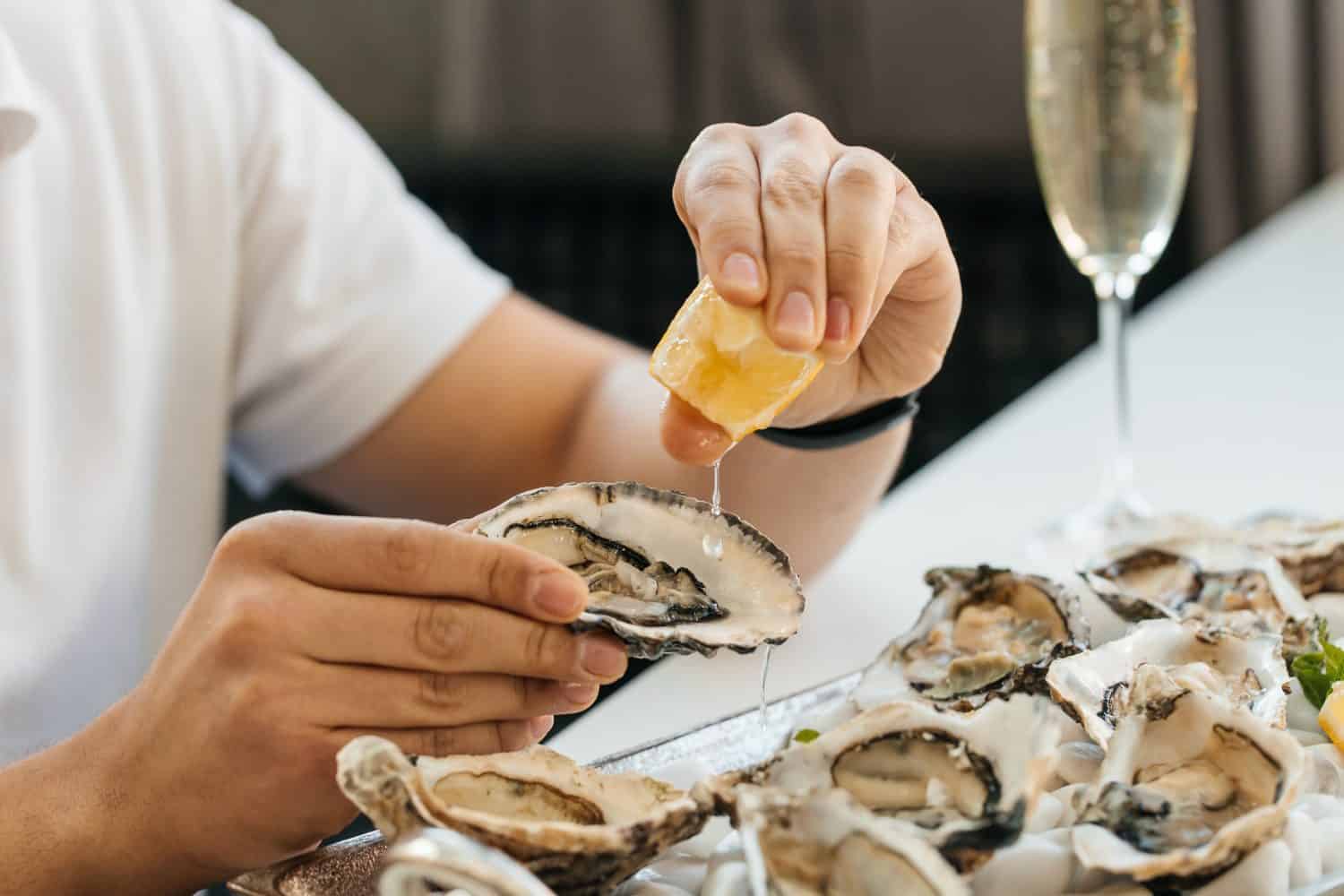
While oysters can be served cooked – usually breaded and fried, grilled, or baked (like oysters Rockefeller), they’re primarily eaten raw, on the half-shell, with optional toppings including lemon, horseradish, cocktail sauce, and a vinegar-shallot sauce called mignonette. A popular appetizer everywhere from steakhouses to gastropubs, oysters come in a wide range of different varieties from different regions, in many varying flavors. They carry a risk of foodborne illness when not thoroughly cooked, however, so if it doesn’t smell fresh or seems a little dodgy, it’s best to not risk it.
Clams
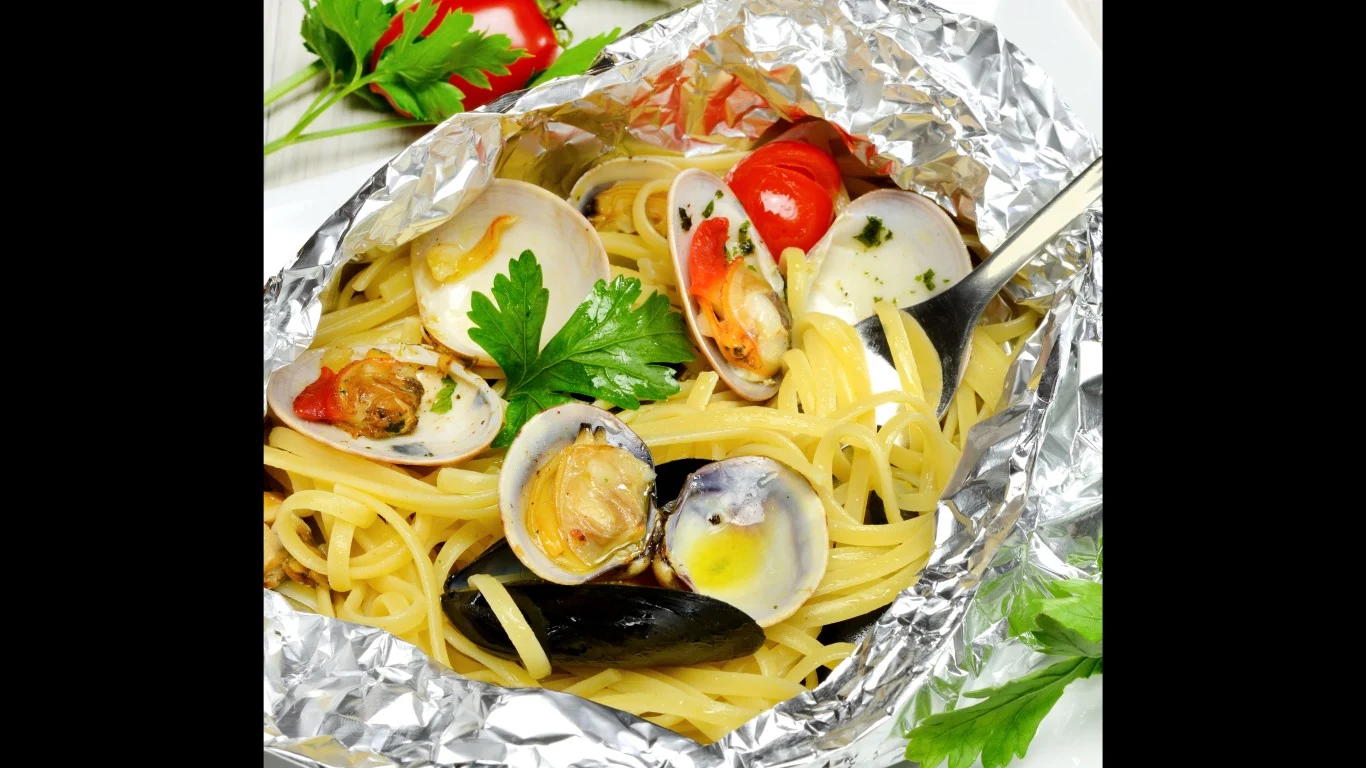
Like oysters, clams are also a super-popular raw seafood, found everywhere from hundred-dollar shellfish towers at steakhouses to paper plates at seaside seafood shacks. But like oysters, they must be super-fresh, supplied by reputable sources, and kept cold until served.
Scallops

Raw scallops have long been a sushi staple, but more and more restaurants are serving them nowadays, especially as a crudo or ceviche. Many fine dining restaurants are also slicing them very thinly crosswise and using them as a canvas for culinary creativity.
Lamb
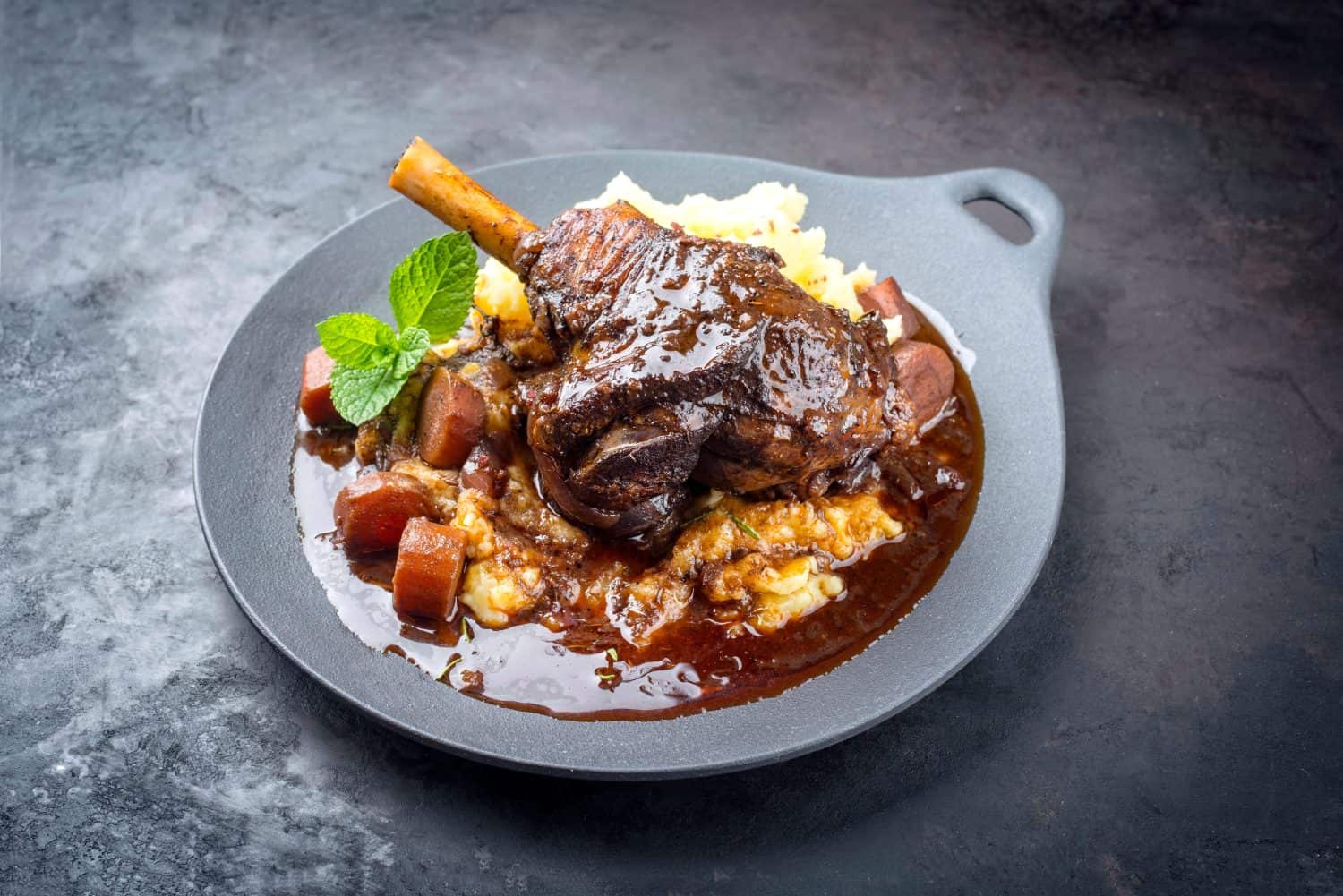
Raw lamb is still relatively rare, but when fresh, high-quality, and sourced from a reputable provider, it’s just as safe to eat raw as beef. Raw lamb is popular in the Middle East and Mediterranean regions, in dishes such as kibbeh nayyeh, a Lebanese dish of raw minced lamb.
Horse

Yes, we know. In Western cultures, horse meat carries a major stigma, and serving the animal’s meat is actually banned in the United States, along with other foods including haggis and lung. But it’s actually a fairly commonly red meat eaten in parts of Europe and Asia, especially France and Japan. In France, it’s often served raw as tartare, and in Japan it’s sliced thin, dipped in soy sauce and served with garlic or Japanese horseradish in a dish called bashshi.
Venison

Game meats including venison can also be eaten raw or very lightly cooked in certain culinary traditions. It’s usually served in the same fashion as raw beef, in either tartare or carpaccio.
Elk

Like venison and other red game meats, elk can also be treated like beef and eaten raw. Elk has a rich, robust flavor that’s earthy and slightly gamey, with hints of grassiness and herbal notes, depending on its diet. Serving it raw really helps to highlight its unique flavor. If you’re looking for foods on the other end of the spectrum, here are some foods you really should never eat raw.